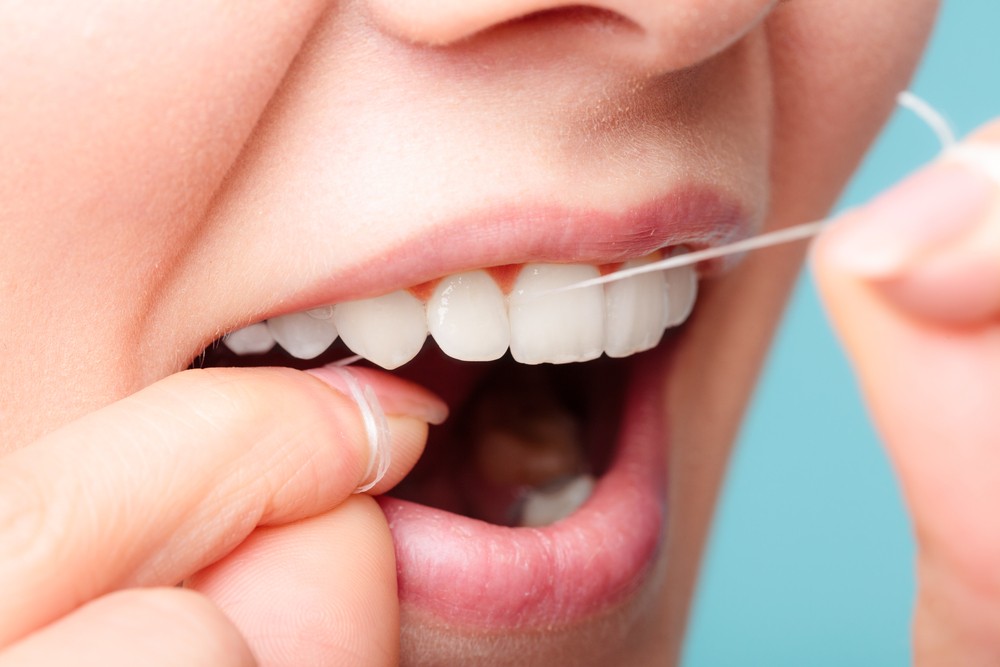Date
Flossing takes only a few minutes a day, yet many of us are either not taking the time to floss or flossing incorrectly. Poor flossing habits, or a lack thereof, can have a negative impact on your oral health. Let’s explore the benefits of flossing, how to select the right type of floss and how to floss effectively to maintain a lifetime of healthy teeth and gums.
Benefits of Flossing
While regular brushing removes plaque from the surfaces of the teeth, your toothbrush cannot clean the plaque hidden in hard-to-reach nooks and crannies. Over time, that plaque hardens and turns into tartar, which causes tooth decay, cavities and gum disease. Daily flossing combined with diligent brushing are the best ways to combat oral health problems and reduce your risk for dental diseases.
Select the Right Floss
Did you know there are different types of dental floss? The right floss comes down to personal needs and preferences. Common types of floss include:
- Traditional string floss: Standard floss is made of nylon and can be waxed or unwaxed. It is also available in different flavors, such as mint. Wax-coated floss is a popular option as it slides in and out of teeth easily.
- Dental tape: This ribbon-like floss is flatter and smoother than traditional floss. People with wide spaces between their teeth often find dental tape easier to use than traditional floss.
- Floss holder: Disposable floss holders are easy to maneuver because the Y-shaped tool holds the floss for you. This convenient type of floss is a great option if you’re on the go or have dexterity problems.
- Oral irrigation devices: An oral irrigator is a flossing device that uses a stream of pulsating water to flush plaque and food particles from between teeth. People with sensitive gums, dexterity problems or orthodontic appliances can benefit from this type of interdental device.
Brush Up on Your Flossing Technique
To keep your teeth and gums healthy, make flossing a daily habit. Technique is especially important if you are using traditional string floss. These tips can help you get the most out of your flossing routine.
- Tear off approximately 18 inches of floss.
- Wrap the strand of floss around your two pointer or middle fingers, leaving a few inches with which to floss.
- Hold the floss in a “C” shape around each tooth. Use a gentle, back-and-forth motion to floss between teeth and along the sides of each tooth to remove food particles and bacteria. Don’t forget the back teeth where debris is easily trapped.
- Slide floss below the gum line using a soft up-and-down sawing motion. Be careful not to force the floss as it can damage your gums and cause them to bleed.
- Use a fresh section of floss as debris accumulates on the strand.
- Repeat the process until all of your top and bottom teeth have been cleaned.
Your Dentist Can Help
If you want to reap the benefits of flossing, you must first understand how to use floss properly. If you still have questions about how to floss or need assistance deciding which floss is right for you, ask your dentist for help.


 703-734-2750
703-734-2750





